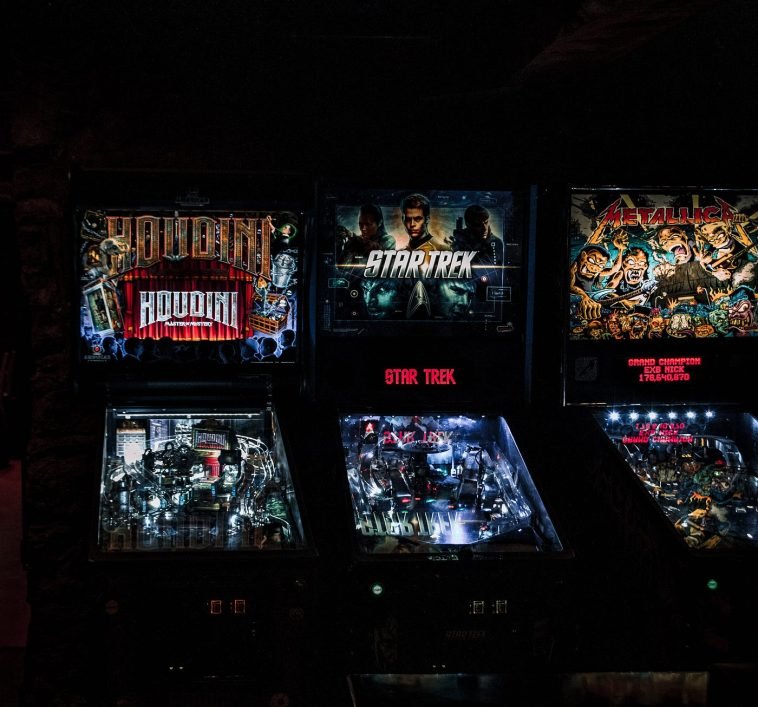Introduction.
Adding multiplayer functionality to your game can elevate the player experience by allowing friends and strangers to interact and compete in real time.
Unity provides robust networking capabilities that make it possible to create multiplayer games with ease.
Whether you want to build a cooperative adventure, competitive battleground, or social platform, integrating multiplayer features can enhance engagement and replayability. In this article, we’ll explore the steps to make your game multiplayer in Unity.
From choosing a networking solution to synchronizing game objects and implementing multiplayer gameplay mechanics, we’ll guide you through the process of creating a multiplayer experience that will connect players from around the world.
So, let’s dive into the world of multiplayer game development in Unity and learn how to make your game a truly social and interactive experience.
How Do I Make My Game Multiplayer In Unity?
Adding multiplayer functionality to your game opens up a world of possibilities, allowing players to connect, compete, and collaborate in real-time.
Unity provides powerful tools and features to make your game multiplayer, whether you’re creating a cooperative adventure, a competitive battleground, or a social experience.
In this article, we’ll walk you through the essential steps to make your game multiplayer in Unity. Let’s get started!
1. Choose a Networking Solution.
Unity offers several networking solutions to enable multiplayer functionality. The two main options are Unity Multiplayer and Unity Networking (UNET).
Unity Multiplayer is a cloud-based service that simplifies the process of creating multiplayer games, while UNET provides a more customizable solution. Consider the needs of your game and choose the networking solution that best suits your project.
2. Design the Multiplayer Architecture.
Before diving into implementation, design the multiplayer architecture of your game. Decide whether your game will use a client-server model or a peer-to-peer model.
In a client-server model, one player acts as the server, handling the game state and communicating with other players.
In a peer-to-peer model, all players communicate directly with each other. Consider factors like scalability, latency, and security when making this decision.
3. Synchronize Game Objects.
To ensure all players see a consistent game state, you need to synchronize game objects across the network.
Unity provides various methods for synchronizing object data, such as using the Network Transform component for player movement or syncing game variables using RPCs (Remote Procedure Calls).
Use the appropriate synchronization techniques based on the needs of your game.
4. Implement Multiplayer Gameplay Mechanics.
Next, implement multiplayer gameplay mechanics specific to your game. This may include player interactions, team-based mechanics, or game modes. Consider how players will communicate and collaborate in the multiplayer environment.
Implement features like chat systems, leaderboards, or matchmaking to enhance the multiplayer experience.
5. Handle Player Connections and Disconnections.
Your game should handle player connections and disconnections gracefully. When a player joins, register their presence and update the game state accordingly.
When a player disconnects, clean up their data and notify others in the game. Unity provides events and callbacks to handle these scenarios, allowing you to maintain a smooth multiplayer experience.
6. Test and Debug.
Regularly test your game in a multiplayer environment to identify and fix any bugs or issues. Invite others to playtest and gather feedback to ensure a smooth and enjoyable experience for players.
Test your game with various network conditions to ensure stability and responsiveness. Use Unity’s debugging tools and network profiler to diagnose and resolve any performance issues.
7. Security and Anti-Cheating Measures.
Consider implementing security measures to prevent cheating and ensure a fair gameplay experience. Apply encryption to network communication to protect sensitive data.
Implement server-side validation and verification to detect and prevent cheating behaviours. Use authentication mechanisms to verify the identity of players.
8. Iterate and Improve.
Game development is an iterative process, and multiplayer games require ongoing attention and improvement.
Continuously gather feedback from players, monitor performance, and address any issues that arise.
Consider adding new features, expanding multiplayer modes, or organizing tournaments to keep players engaged and invested in your game.
9. Launch and Support.
Once your multiplayer game is ready, it’s time to launch and support it. Consider using online platforms or app stores to distribute your game to a wide audience.
Provide regular updates, address player feedback, and maintain a supportive community around your game.
Conclusion.
Creating a multiplayer game in Unity opens up a whole new world of possibilities, enabling players to connect and engage in exciting and dynamic experiences.
With Unity’s networking features and your creativity, you can bring people together, foster competition, and create memorable multiplayer moments.
So, dive in, experiment, and enjoy the process of making your game multiplayer in Unity. Good luck!






GIPHY App Key not set. Please check settings